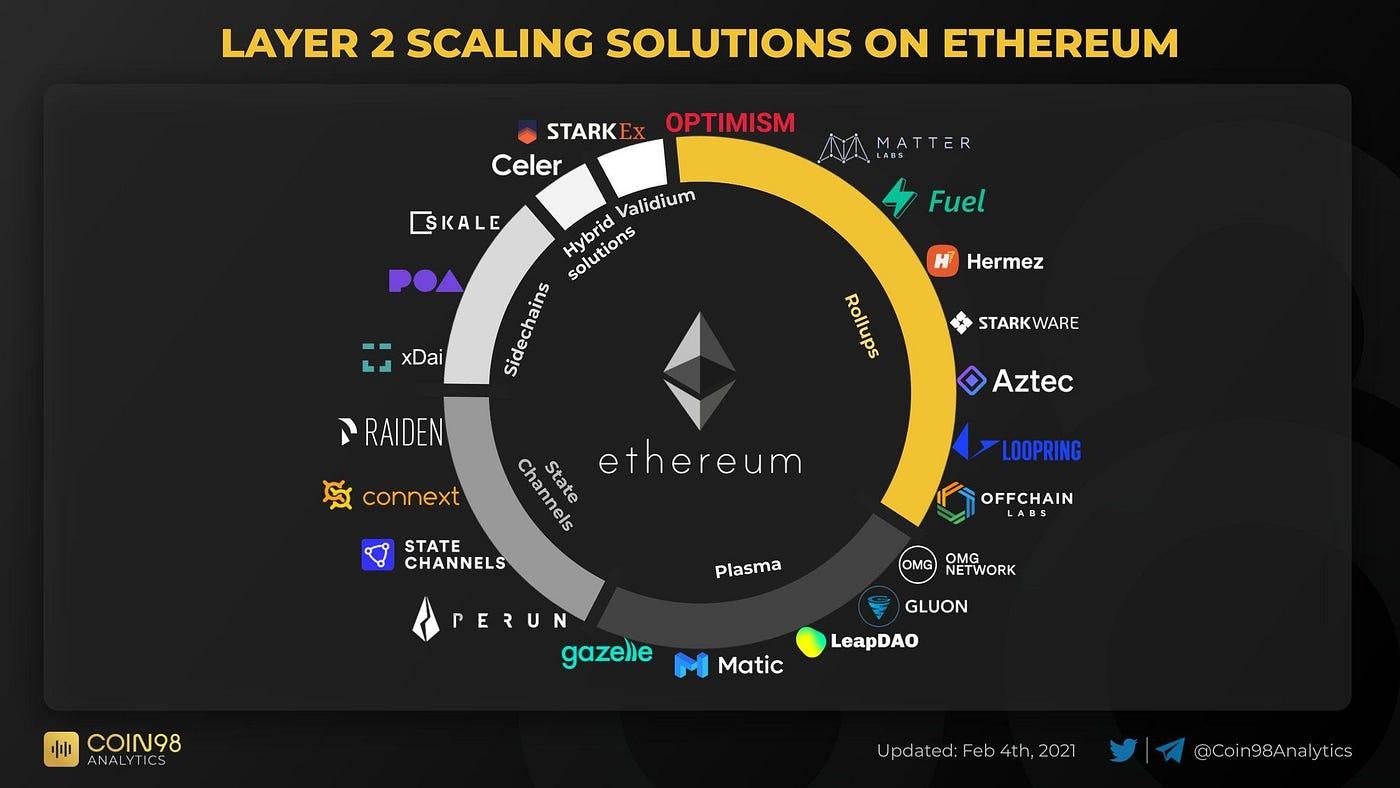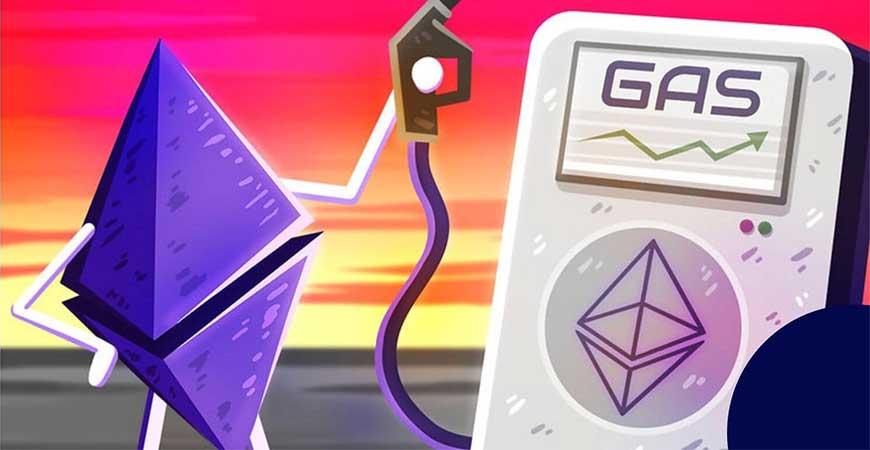In the sprawling metropolis of blockchain technology, Ethereum stands tall as a beacon of innovation, powering everything from decentralized finance to digital art marketplaces. Yet, beneath its shimmering surface lies a growing challenge: soaring gas fees that threaten to price out everyday users and stifle the network’s vibrant ecosystem. Enter Layer 2 solutions-ingenious architectural add-ons designed to ease congestion and bring scalability to Ethereum’s bustling streets. But can these off-chain heroes truly rescue the network from its fee frenzy, or are they merely a temporary fix in a complex, evolving landscape? This article delves into the promise and pitfalls of Layer 2, exploring whether they hold the key to Ethereum’s affordable and accessible future.
Table of Contents
- Understanding the Root Causes of Ethereum’s High Gas Fees
- Exploring the Technical Foundations of Layer 2 Solutions
- Evaluating the Impact of Layer 2 on Transaction Speed and Cost
- Challenges and Limitations Facing Layer 2 Implementations
- Strategic Recommendations for Integrating Layer 2 with Ethereum’s Future Development
- Frequently Asked Questions
- Insights and Conclusions
Understanding the Root Causes of Ethereum’s High Gas Fees
Ethereum’s high gas fees have become a significant barrier for users and developers alike, often leading to network congestion and costly transactions. At the heart of this issue lies Ethereum’s current scalability limitations. Since Ethereum processes transactions sequentially on its base layer, the demand for block space frequently exceeds the available supply, driving up gas prices. This phenomenon is exacerbated during periods of high network activity, such as popular NFT drops or DeFi protocol launches.
Another critical factor contributing to elevated gas fees is the auction-style fee market introduced by Ethereum’s EIP-1559 upgrade. While this mechanism improves fee predictability and reduces some volatility, it also means users must competitively bid for block space, especially when blocks are full. The result? Higher fees during peak times and a less accessible platform for smaller transactions.
Moreover, the complexity of Ethereum’s smart contracts can significantly impact gas consumption. More intricate contracts with multiple function calls or heavy computations require more gas, further inflating costs. This creates a feedback loop where popular dApps attract more users but also demand more gas, pushing fees upward.
- Network congestion: Limited block capacity with rising transaction volume.
- Fee market dynamics: Competitive bidding for inclusion in blocks.
- Smart contract complexity: Higher gas usage for elaborate operations.
| Cause | Impact on Gas Fees |
|---|---|
| Network Congestion | Increases demand, raising prices |
| Fee Auction System | Drives competitive bidding |
| Smart Contract Complexity | Consumes more gas per transaction |
Exploring the Technical Foundations of Layer 2 Solutions
At the heart of Layer 2 solutions lies the ambition to alleviate Ethereum’s network congestion without compromising its security or decentralization. These technologies operate by processing transactions off the Ethereum mainnet (Layer 1), thereby reducing the load and significantly lowering gas fees. Unlike Layer 1 upgrades, which require consensus and often long development cycles, Layer 2 protocols offer a faster, more scalable alternative by building atop the existing infrastructure.
Several technical approaches underpin Layer 2 solutions, each with distinct mechanisms and trade-offs:
- State Channels: Enable participants to transact privately and instantly off-chain, settling only the final state on-chain.
- Rollups: Bundle multiple transactions into a single proof submitted to Layer 1, dramatically boosting throughput.
- Plasma: Creates child chains connected to the mainnet, enabling complex computations off-chain with periodic state commitments.
To illustrate, rollups have emerged as one of the most promising technologies due to their ability to batch hundreds of transactions into succinct proofs, which are then verified on Ethereum. This approach retains the security guarantees of Ethereum while enabling thousands of transactions per second. The table below highlights the key attributes of the major Layer 2 methods:
| Layer 2 Method | Transaction Speed | Security Model | Use Case |
|---|---|---|---|
| State Channels | Instant | Off-chain finality, on-chain dispute | Micropayments, gaming |
| Rollups | High throughput | On-chain validity proofs | DeFi, NFTs |
| Plasma | Moderate | Periodic on-chain checkpoints | Mass payments, asset transfers |
By leveraging these technical innovations, Layer 2 solutions aim to balance scalability with security. However, understanding their intricacies is essential for developers and users alike to make informed decisions about adoption and integration within the Ethereum ecosystem.
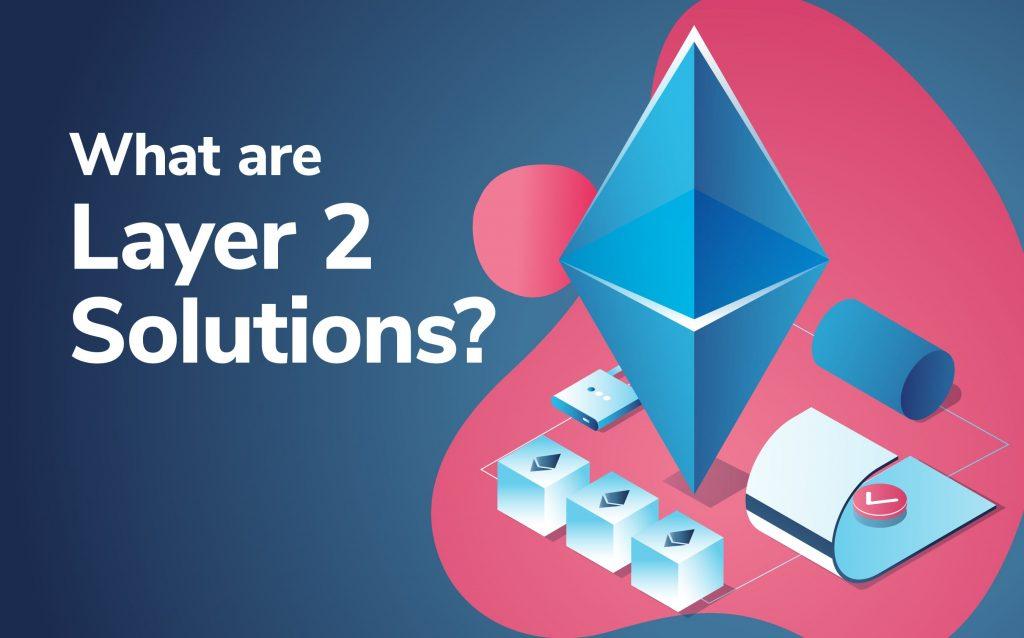
Evaluating the Impact of Layer 2 on Transaction Speed and Cost
Layer 2 solutions have emerged as a promising answer to Ethereum’s notorious congestion and soaring gas fees. By processing transactions off the main Ethereum chain while still anchoring their security to it, these scaling technologies can significantly enhance throughput and slash costs. The key lies in their ability to batch multiple transactions together, reducing the amount of data that needs to be recorded on-chain.
When we break down the performance, Layer 2 networks such as Optimistic Rollups and zk-Rollups demonstrate remarkable improvements:
- Transaction Speed: From Ethereum’s average of 15 transactions per second to thousands per second on Layer 2.
- Cost Reduction: Gas fees can drop by over 90%, making microtransactions viable and encouraging broader adoption.
- Security Preservation: Despite off-chain execution, Layer 2 inherits Ethereum’s robust security model.
| Metric | Mainnet Ethereum | Layer 2 (Rollups) |
|---|---|---|
| Transactions Per Second (TPS) | ~15 | 1,000+ |
| Average Gas Fee | $20 – $50 | $0.10 – $0.50 |
| Finality Time | ~13 seconds | Seconds to minutes (depending on rollup type) |
While Layer 2 solutions are not without their challenges-such as user onboarding friction and occasional withdrawal delays-their impact on transaction speed and cost cannot be overstated. By offloading much of the network’s transactional load, they not only make Ethereum more scalable but also more accessible to everyday users and developers alike.
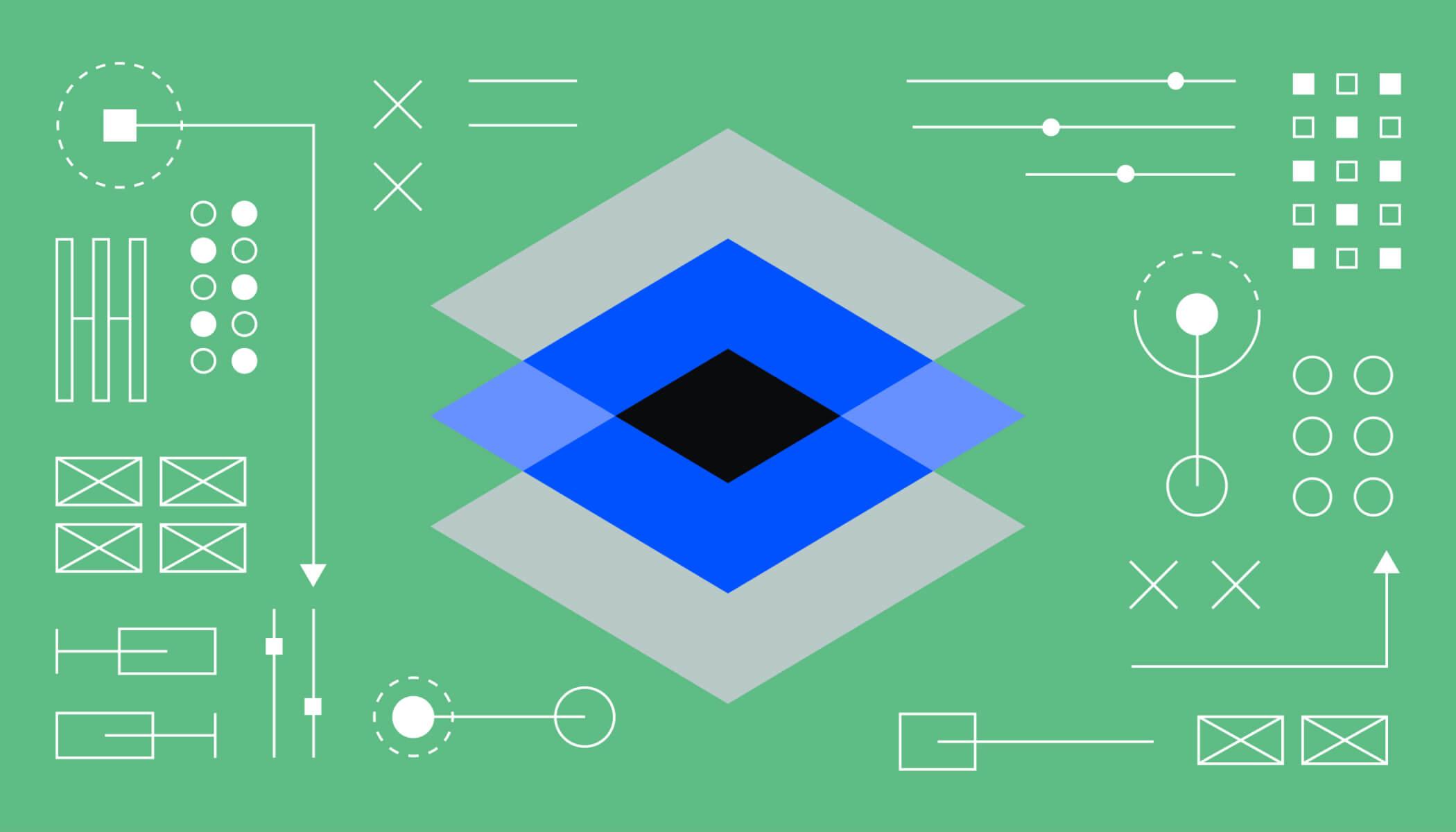
Challenges and Limitations Facing Layer 2 Implementations
While Layer 2 solutions promise to alleviate Ethereum’s gas fee woes, they are not without their own set of hurdles. One major challenge lies in security trade-offs. By moving transactions off-chain, these solutions inherently depend on the underlying Layer 1 for dispute resolution or finality, which can introduce vulnerabilities or delays when conflicts arise. Ensuring that these off-chain computations remain trustless and secure is a delicate balancing act.
Another limitation is the user experience complexity. Many Layer 2 protocols require users to interact with bridges or wallets that support specific standards, often involving extra steps for deposits, withdrawals, and transaction confirmations. This friction can deter mass adoption, especially among newcomers who expect seamless and intuitive interactions similar to traditional web applications.
Scalability itself is nuanced. Although Layer 2 increases throughput, it often does so at the cost of fragmentation. Different Layer 2 networks and rollups are not always interoperable, leading to a splintered ecosystem where assets and data must be shuttled between multiple layers. This can result in liquidity issues and increased complexity for developers building multi-chain applications.
| Challenge | Impact | Potential Solutions |
|---|---|---|
| Security Trade-offs | Delayed dispute resolution; increased vulnerability | Robust fraud proofs; optimistic rollups |
| User Experience | Complex onboarding; slower adoption | Unified wallets; streamlined bridges |
| Fragmentation | Liquidity fragmentation; interoperability issues | Cross-rollup standards; Layer 2 aggregators |
Ultimately, while Layer 2 solutions hold immense promise, their success hinges on overcoming these challenges through continuous innovation and community collaboration. Only then can they truly unburden Ethereum from its notorious gas fees and unlock mass scalability.
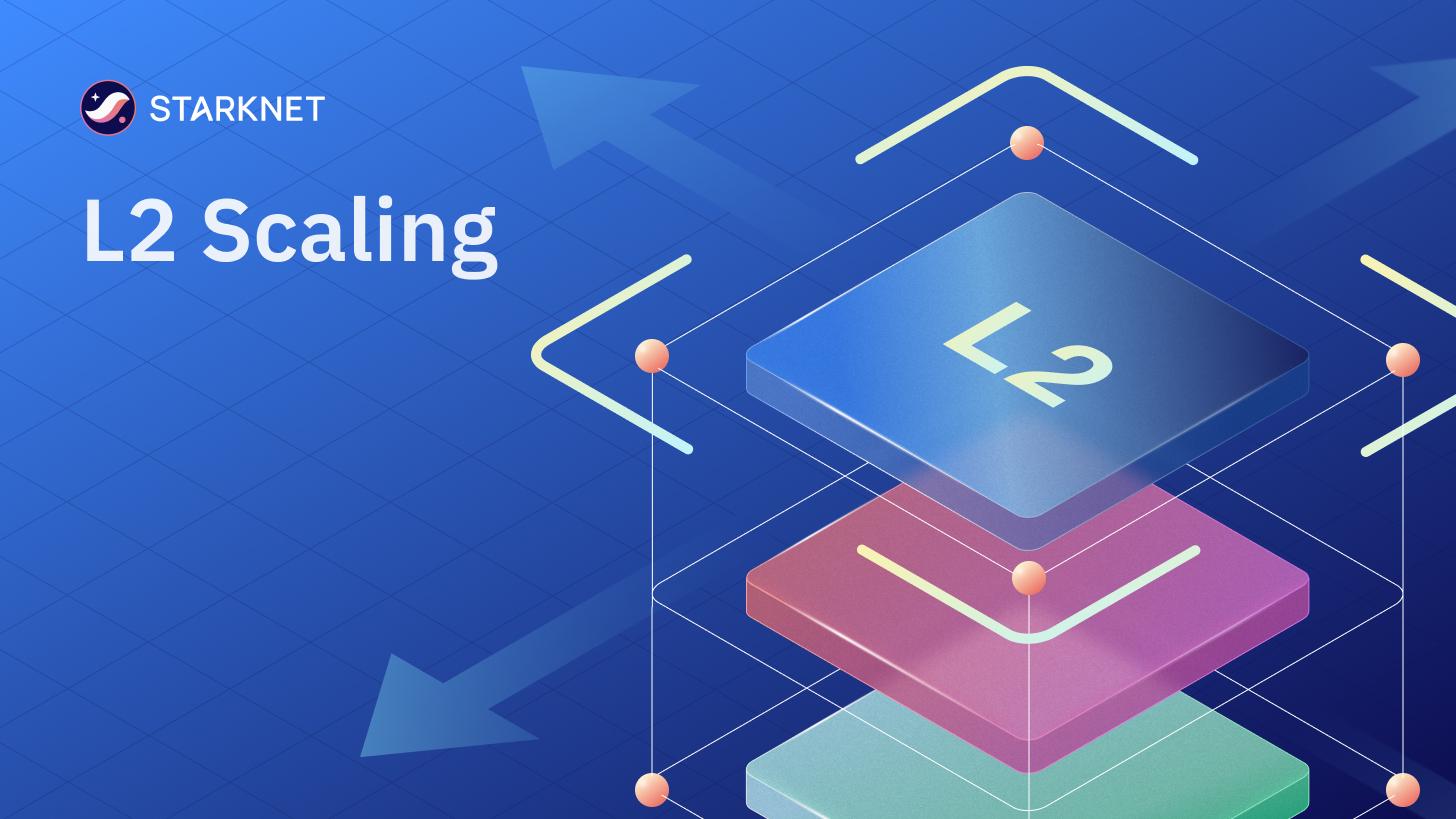
Strategic Recommendations for Integrating Layer 2 with Ethereum’s Future Development
To truly harness the potential of Layer 2 technologies, developers and stakeholders must adopt a multi-pronged strategy that aligns seamlessly with Ethereum’s evolving mainnet. First, prioritizing interoperability between diverse Layer 2 protocols will foster a more cohesive ecosystem, reducing user friction and enabling smoother asset transfers. This can be achieved through standardized bridges and unified developer tools that abstract away complexity.
Moreover, Layer 2 solutions should emphasize scalability without compromising security. While off-chain computations drastically reduce gas costs, maintaining Ethereum’s robust security guarantees is non-negotiable. Zero-knowledge proofs and optimistic rollups represent promising approaches; however, continuous innovation and rigorous auditing will be critical to ensure trust and resilience.
Finally, incentivizing community engagement will drive adoption and innovation. Layer 2 networks can benefit from:
- Developer grants to build diverse dApps tailored for Layer 2 environments.
- Cross-chain liquidity programs that encourage token movement between Layer 1 and Layer 2.
- User education initiatives simplifying onboarding and highlighting cost savings.
| Recommendation | Impact | Priority |
|---|---|---|
| Standardized Interoperability Protocols | Smoother asset transfers & developer experience | High |
| Enhanced Security Measures | Trust preservation & network resilience | Critical |
| Community Incentives | Accelerated adoption & ecosystem growth | Medium |
Frequently Asked Questions
Q: What are Layer 2 solutions in the context of Ethereum?
A: Layer 2 solutions are protocols built on top of the Ethereum blockchain designed to increase transaction throughput and reduce fees. They handle transactions off the main Ethereum chain (Layer 1) and then consolidate or settle them back to it, easing congestion and boosting efficiency.
Q: Why does Ethereum experience high gas fees in the first place?
A: Ethereum’s popularity means many users compete to get their transactions processed quickly. Since the network has a limited capacity per block, this demand spikes gas fees-the “fuel” paid to miners or validators-to prioritize transactions, leading to costly and slow user experiences during peak times.
Q: How do Layer 2 solutions help lower gas fees?
A: By conducting many transactions off-chain or in side-chains, Layer 2 solutions reduce the burden on Ethereum’s mainnet. This lowers congestion, meaning users pay less gas to get their transactions confirmed, as the main chain only records aggregated data or proofs of these transactions.
Q: What are some popular Layer 2 solutions available today?
A: Optimistic Rollups like Optimism and Arbitrum, zk-Rollups such as zkSync and StarkNet, and sidechains like Polygon are among the leading Layer 2 technologies. Each uses different methods to bundle transactions and ensure security while aiming to keep fees low.
Q: Are Layer 2 solutions a permanent fix for Ethereum’s scalability issues?
A: Layer 2 solutions are a powerful stopgap, but not the ultimate answer. They improve scalability and reduce fees significantly; however, Ethereum’s long-term solution involves Ethereum 2.0 upgrades, including Proof of Stake and sharding, which aim to increase the base layer’s capacity and efficiency.
Q: Do Layer 2 solutions compromise security or decentralization?
A: Most reputable Layer 2 solutions maintain strong security by anchoring their operations to Ethereum’s mainnet. However, they can introduce trade-offs, such as increased complexity and reliance on smart contract code. Users must choose solutions with transparent protocols and active audits to minimize risks.
Q: How user-friendly are Layer 2 solutions currently?
A: While improving rapidly, Layer 2 solutions can still present usability challenges, like bridging assets between Layer 1 and Layer 2 or slower withdrawal times. Developers are focused on enhancing user experience, making Layer 2 more accessible to everyday Ethereum users.
Q: Can Layer 2 solutions benefit all types of Ethereum users equally?
A: Layer 2 is particularly beneficial for frequent, small-value transactions-like gaming, DeFi interactions, and NFT trading-where high gas fees are a barrier. Large, infrequent transactions may still rely on Layer 1, but as Layer 2 ecosystems grow, their appeal broadens.
Q: What’s the future outlook for Ethereum and Layer 2 solutions?
A: Layer 2 solutions are integral to Ethereum’s scaling roadmap, bridging the gap until Ethereum 2.0’s full rollout. With ongoing innovation and adoption, they hold promise not only to curb gas fees but also to unlock new use cases and broader decentralization in the Ethereum ecosystem.
Insights and Conclusions
As Ethereum continues to evolve, the promise of Layer 2 solutions shines as a beacon of hope amidst the storm of soaring gas fees. While no single fix can claim to be a silver bullet, these innovative protocols represent a critical step toward a more scalable and accessible blockchain future. Whether Layer 2 will fully reclaim Ethereum’s affordability and usability remains to be seen, but their role in shaping the network’s next chapter is undeniable. In the end, the quest to save Ethereum from high gas fees is not just a technical challenge-it’s a journey toward unlocking the true potential of decentralized innovation.